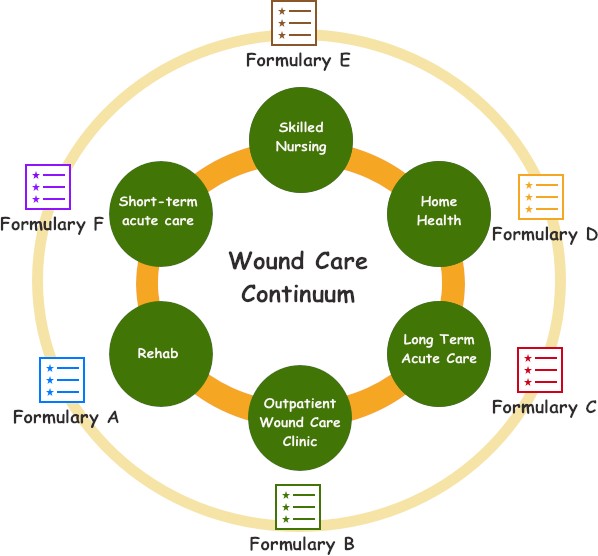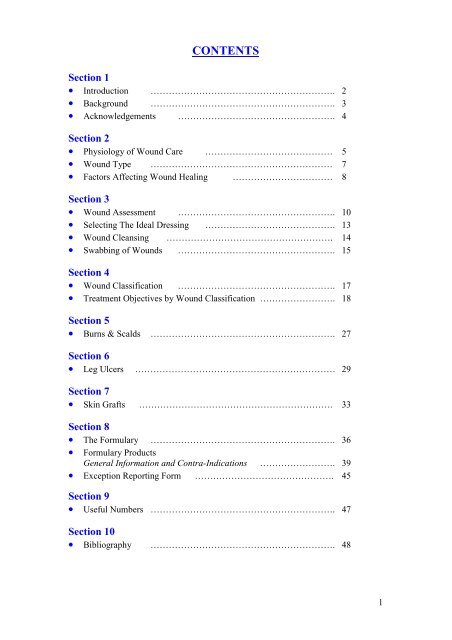Wound type aim recommended dressing recommended dressing no or low exudate moderate to high exudate epithelialising wound to protect area and encourage healing.
Different types of wound dressings nhs.
Gauze dressings are not recommended for either the prevention or treatment of pressure ulcers.
Centre for reviews and dissemination health technology assessments crd hta 25 june 2013 publisher.
A secondary absorbent dressing is required changed as necessary.
Nhs foundation trust clinical guideline wound dressings guidance for use there are several types of dressings in use at wirral university teaching hospitals nhs foundation trust wuth.
Types of dressing available 13 wound types and recommendations 17 topical negative pressure 26 podiatry 29 nutrition 30 care of leg ulcers 33 skin care 34 pressure ulcer prevention 35 equipment provision 41 7 43 this work was undertaken by the tissue viability steering group and is an update of work undertaken in 2008.
Advanced wound dressings october 2008.
This type of wound heals by a combination of proliferation and wound contraction.
Low adherent dressings vapour permeable film hydrocolloid foam non adhesive granulating wound to promote healing by encouraging granulation.
Are silver dressings clinically effective and cost effective for the healing of infected wounds and the prevention of wound infection relative to other types of dressing.
Centre for reviews and dissemination.
For further information see buyers guide.
The choice between different dressings depends not only on the type and stage of the wound but also on patient preference or tolerance site of the wound and cost.
Medicated dressings a hydrocolloid dressings i duoderm dressing adhesive occlusive hydrocolloid dressing with a vapour permeable outer film.
Wound healing by secondary intention occurs when the edges of a wound cannot be approximated eg a leg ulcer.
Dressings should be replaced on a regular basis.
Type indications comments cm dressing name sizes tariff cost p nhs supplies cost p soft silicone wound contact layer for use on superficial or acute traumatic wounds where dressing adherence is a risk.
Primary wound contact layer.
At clh we have a range of different wound dressings on offer each of which is ideal for treating different wounds.
If the wound is severe you may need to go to a minor injuries unit after applying the dressing.
Nhs purchasing and supply agency centre for evidence based purchasing.
If you cannot stop the bleeding go to your nearest accident and emergency a e department as soon as possible.
From hydrogel and hydrocolloid to alginate dressings we have a wide range of options on offer.










